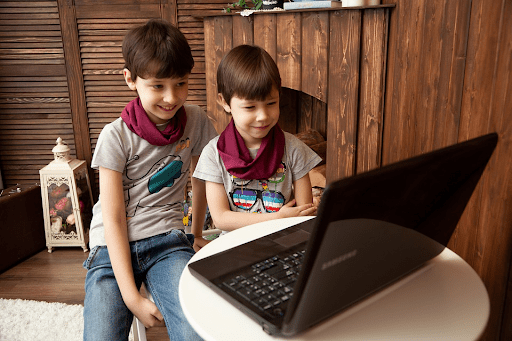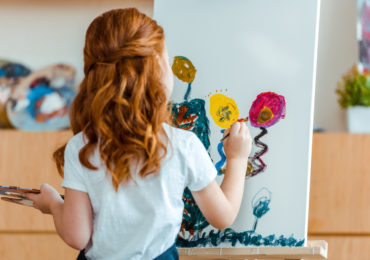What is sensory play? Toddlers and kids learn best through their senses. Any play which stimulates the use of touch, smell, sight, hearing, using fine motor muscles etc is considered sensory play. Stimulating neural pathways through sensory experiences is a crucial part of kids’ early brain development.
Sensory play lays a crucial foundation for later learning skills
Stimulating senses through play sends signals to the brain which help develop its ability to identify objects and explore the world. Learning to differentiate sharp from round, smooth from rough, cold from warm is a basic step in empowering the brain’s ability to discover, classify and sort more sophisticated information later through life.
If children have enough room to get messy with various types of sensory play, for instance water, sand, flour, mud, digging, pouring, rolling or sliding materials, they will have more experience stretching their sensors and exploring various concepts of space and movement. Although thoughtful adult support is very important when it comes to explaining things and providing valuable information, while they’re young kids will learn best by being active and personally experiencing various sensations.
Why getting messy with mud and sand is so beneficial for a child’s development
While they play and explore, kids learn many various things. These are just a few benefits from sensory play:
-It develops physical skills. Shaping, scooping or molding require many muscles to work together influencing the development of fine motor skills.
-Cognitive development. Kids (especially toddlers) are not very verbal, but they still discover and learn to understand new things through their senses. For example, every time they touch something cold, wet, sticky etc it confirms their previous understanding of which objects have these characteristics, and they will learn something new, perhaps which objects share similar properties. This is how the brain learns to recognize and sort different things and sensations.
-Learning the sense of self. Through sensory play, kids learn about the world around them. However, they also learn to verbalize various sensations they feel. For example, they may say they don’t like their hands wet, or they are cold. Parents or teachers can react to this information by choosing some other sensory play which will make a child feel more comfortable (like playing with sand or flour). This way, kids learn that their feelings are valid.
-Developing social skills. If more children participate in sensory play, they will observe how others handle materials they play with, communicate different ways to shape, mold or hold them, discover new ideas etc.
-Better communication and language skills. Both verbally and none verbally, kids communicate with others while enjoying or disliking certain sensory play. Based on their reactions, caregivers can identify a child’s personal preference and provide them with better materials and tools so that kids feel comfortable and safe while playing. When kids discover their preferences are accepted, it encourages them to communicate their messages even more and better. They learn new words and ways to describe the world around them (sharp vinegar sense, bubbly warm water, rough tree bark etc)
All kids need help learning how to use their senses
Provide your kids with opportunities to explore their senses. Giving them a chance to play with various materials, textures or actions (running, jumping, scooping, burying) in all its messiness immensely helps them discover the world around them and develop into healthy, smart and successful adults.







